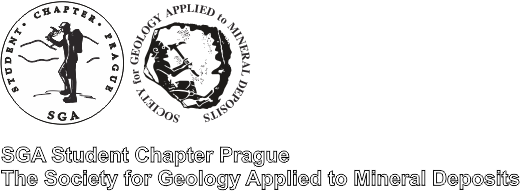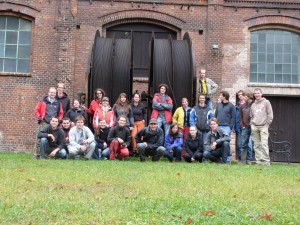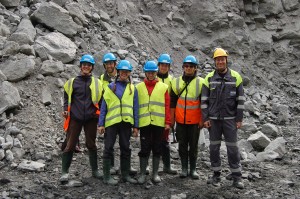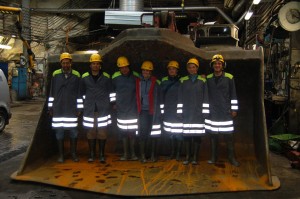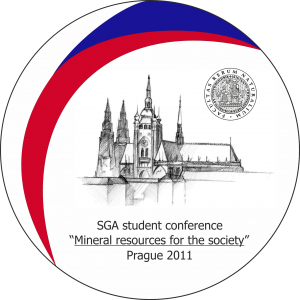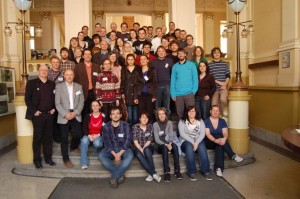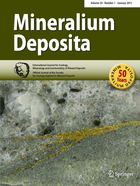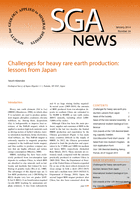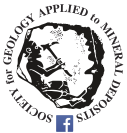As in the previous years, the autumn field trip of our Student Chapter represents the main annual educational event. This year, our target was to visit various products of volcanic activity in the Neogene arc in the Carpathians (Slovakia) and inspect their associated mineralization types, ranging from skarn to porphyry, mesothermal and epithermal styles.
During four days we were exploring different mineralization types associated with the evolution of the Miocene Štiavnica stratovolcano: gold mineralization of the intermediate-sulfidation type in Banska Štiavnica and Hodruša (museum and dump of the Rozália mine), magnetite skarns in Úškrtova Dolina, and secondary mineralization in L‘ubietová and Špania Dolina. We also had the opportunity to visit the secondary limnoquartzite deposits with plant remnants in the Kremnické Vrchy Mts.
The area is located in the western part of Slovakia. The Banska Štiavnica ore district is situated in the central zone of the largest stratovolcano in the Central Slovakian volcanic field of Neogene age, emplaced in the inner part of the Carpathian arc overlying the Hercynian basement. The volcanic activity was related to subduction of the flysch belt under the Carpathian arc and to subsequent back-arc extension.
An epithermal system related to the postcaldera uplift has the dominant significance in the metallogeny of the ore district. According to their ore assemblages, the epithermal veins were divided into three types:
1) base-metal veins
2) Au-Ag veins in the central or western part of the horst
3) Au-Ag veins related to marginal faults of the horst
Formation of the hydrothermal system and precipitation of Au mineralization is related to the initial stage of caldera subsidence that changed the hydrologic conditions.
SGA News No 32, page 3
 The second field trip organised by the SGA Student Chapter Prague in 2013 was aimed at Slovakia and Hungary. Purpose of this excur
The second field trip organised by the SGA Student Chapter Prague in 2013 was aimed at Slovakia and Hungary. Purpose of this excur sion was to get in touch with different geological settings than the Bohemian massif. Major part of Slovakia and the northern part of Hungary (Tokaj Mountains) are situated in the mountain range of Western Carpathians. This system evolved during the Alpine orogeny as the northern branch of the Alpine-Himalayan fold and thrust system called the Alpine belt.
sion was to get in touch with different geological settings than the Bohemian massif. Major part of Slovakia and the northern part of Hungary (Tokaj Mountains) are situated in the mountain range of Western Carpathians. This system evolved during the Alpine orogeny as the northern branch of the Alpine-Himalayan fold and thrust system called the Alpine belt.
